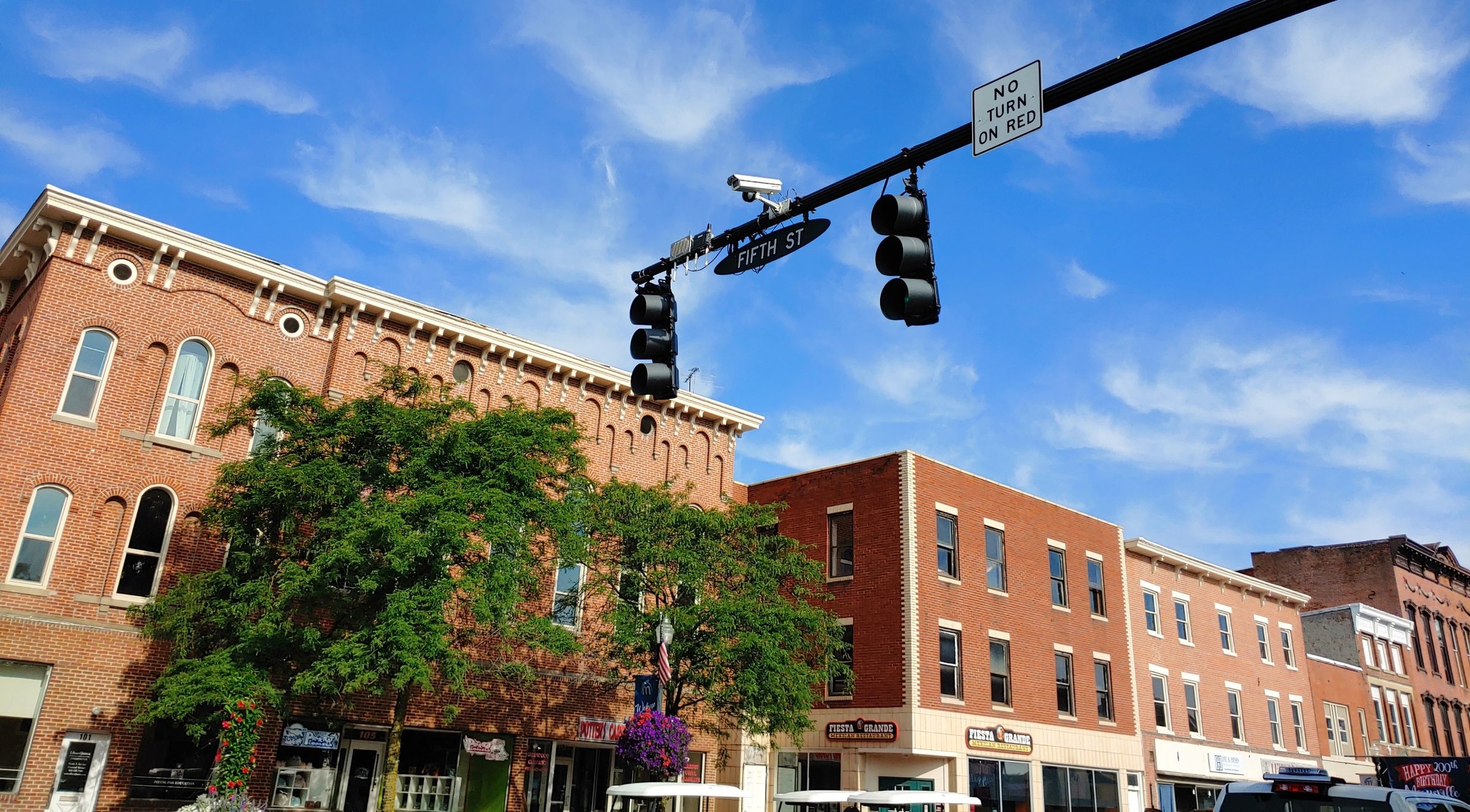
Connected and Shared Mobility are Driving Automotive’s Future
By The Beta District
Advances in connected and shared automotive technology are changing how vehicles are built, sold, driven, managed
The relationship between Americans and their cars is in for a big shift: A recent study by Cox Automotive showed that nearly half of consumers surveyed agreed that “while transportation is necessary, owning a vehicle is not.” Consumer sentiment, noted Verizon, “coupled with the rise of completely new mobility options, is rapidly changing the way people are getting around.”
Shared mobility, or Mobility as a Service (MaaS), describes the use of transportation modes in lieu of or in addition to driving a personally owned vehicle. This can include using public transportation, on-demand vehicle access (such as ZipCar or Car2Go), or ride-hailing services (such as Uber or Lyft). Advances in automotive and smartphone technology, coupled with innovations spurred by consumer demand, will reshape how vehicles are built, sold, driven, and managed.
Connected automotive technology enables a vehicle to communicate with another vehicle (V2V) or to communicate with roadside infrastructure (V2I) that can be located on poles and alongside traffic signals, for example .
This post will review examples of connected and shared mobility solutions, and touch on how testing these technologies in real-life communities like The Beta District is crucial for companies hoping to make a splash in this space.
Learn more about other automotive technologies transforming the future of transportation
What does connected and shared mobility look like today?
In addition to saving consumers money on the cost of ownership, insurance and maintenance of personal vehicles, shared mobility -- with more people using fewer vehicles -- can ease demand on highways and parking spaces. Fewer cars mean less competition for limited space. Some planners predict the need for parking garages will decrease in the future as more people share a ride to their destination. Highway engineers hope that more shared rides will allow more people per lane to move each hour, which increases the efficient use of limited roadway space. . While the pandemic slowed the growth of Uber and Lyft, those MaaS companies are beginning to come back as vaccinations increase. Central Ohio Transit Authority (COTA) in Columbus is moving forward with its plans to build bus rapid transit on at least two corridors. This premium, high-capacity service will allow thousands to share a ride every day.
On the connected vehicle front, a recent Forbes article gave an overview of several automotive mobility solutions already in use or soon to come. Vehicle-to-infrastructure connectivity can alert drivers in real time to traffic and road hazards before the driver can see them, as well as alert traffic managers. Internet-enabled parts in cars can send data back to manufacturers, speeding engineering and design improvements. Similar parts in commercial vehicles can help fleet owners better manage the use and maintenance of those vehicles. And insurance companies can customize rates for customers based on data provided by connected cars.
Verizon stated that integrating connected technology into roadside urban infrastructure – as found in The Beta District with more than 100 roadside units - can “dramatically improve road safety and streamline urban economies dependent on efficient urban mobility to sustain business.”
What will the future of connected and shared mobility bring?
The speed with which automotive technology is being developed – along with advances in telecommunications technology – are driving these innovations and the overall mobility market. Experts predict that by 2025, 90 million commercial vehicles will be connected and the market will be worth close to $20 billion. To sustain this growth, the Forbes article stated, “the entire industry, from suppliers to automakers, is challenged to keep existing operations profitable while simultaneously building out capacity to tackle these new innovations.”
Capacity is one impediment to the mobility movement. The pandemic-induced strains on global supply chains are another. And there’s a third: the slow adoption of advanced technology into public infrastructure. These barriers “remain a real impediment to the profitable implementation of these kinds of (mobility) services,” noted Arthur D. Little in a report on the future of automotive mobility. “Overcoming these challenges will be the catalyst for much wider and more rapid adoption.”
Learn how Ohio is investing in connected infrastructure to prepare for a mobility-driven future
A proving ground for connected and shared automotive technology solutions
Central Ohio, home of The Beta District, is well ahead of the curve in terms of incorporating technology into its infrastructure. Building on more than a decade of investment, the region houses a thriving mobility ecosystem, including The Beta District’s Living Labs in the 33 Smart Mobility Corridor, Connected Dublin, Connected Marysville, and the Transportation Research Center in partnership with DriveOhio. The region provides not only an example for other cities and states to follow, but also one of the most cost-effective markets for testing, development, and operations.
To learn more about The Beta District, follow us on LinkedIn or contact us today.

